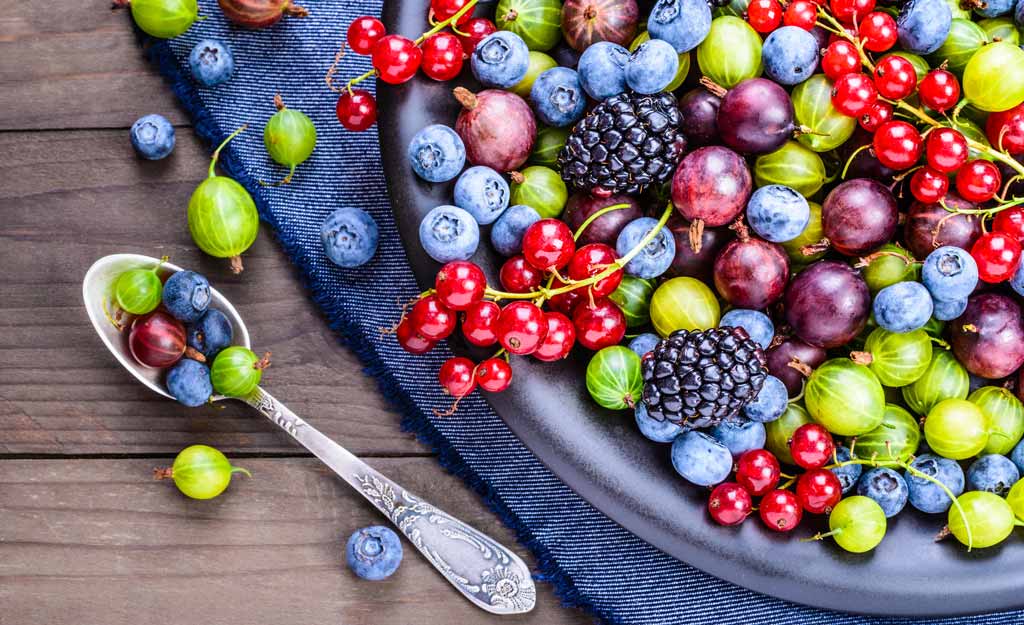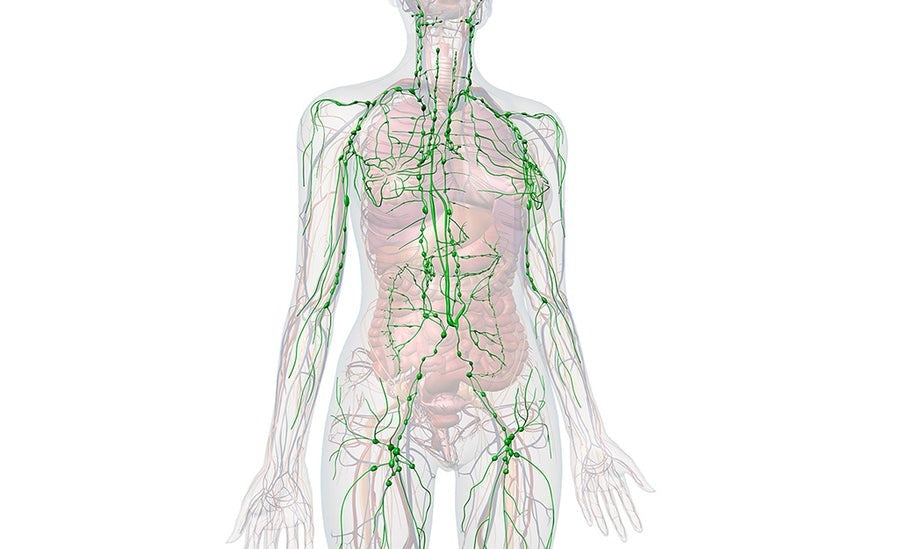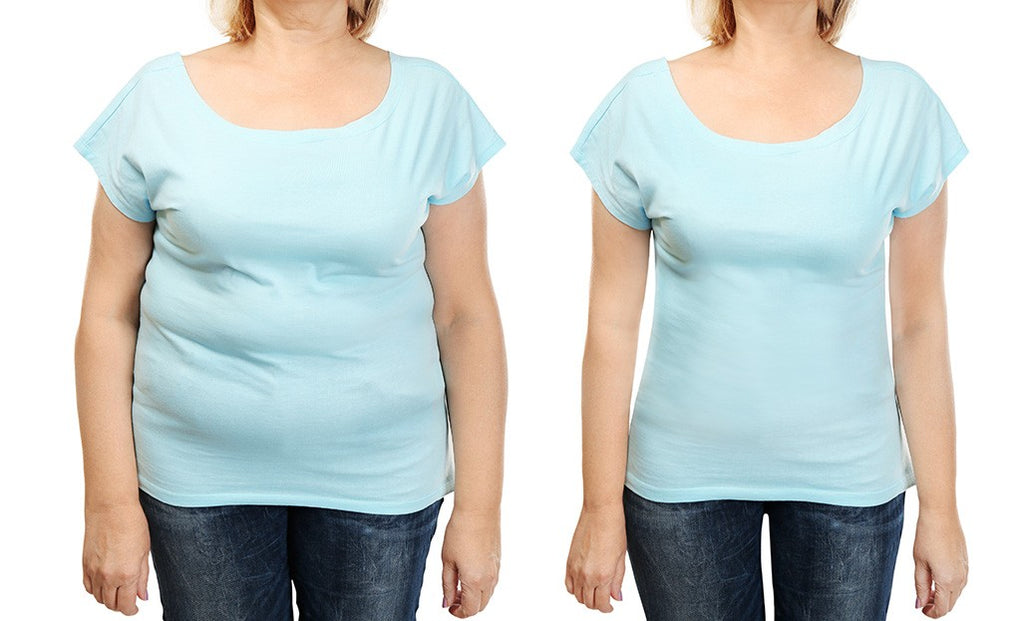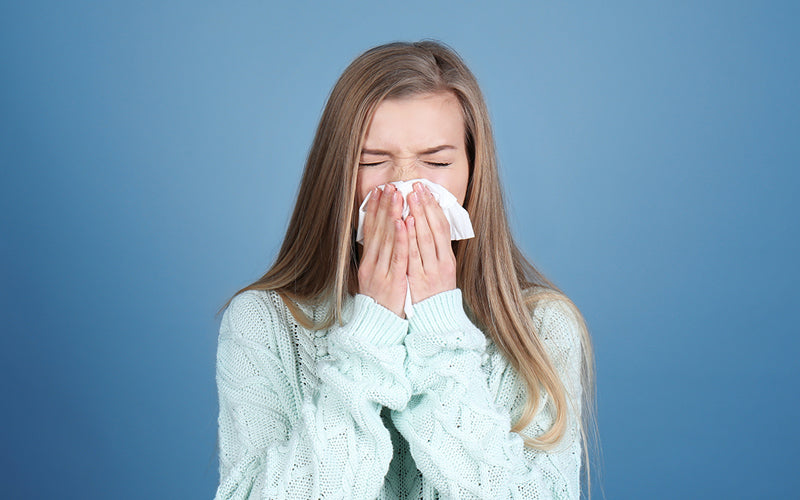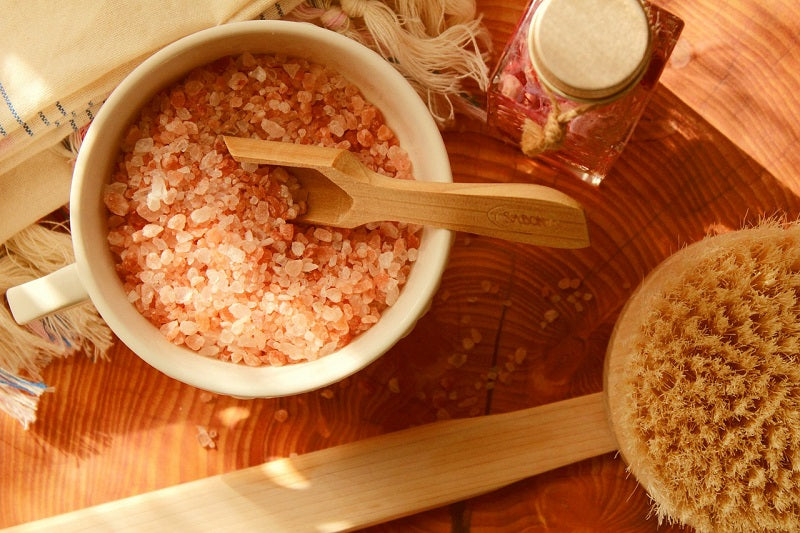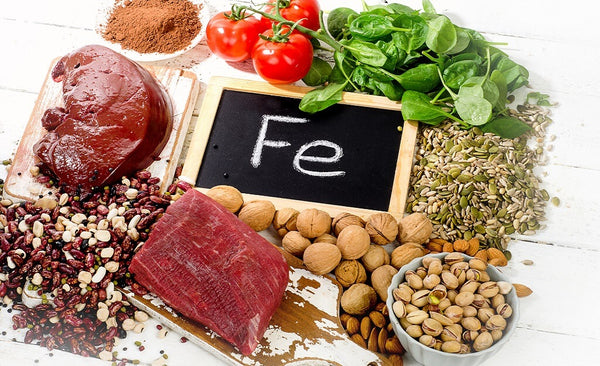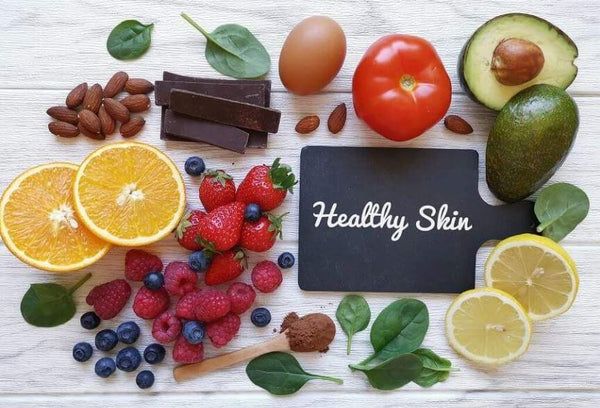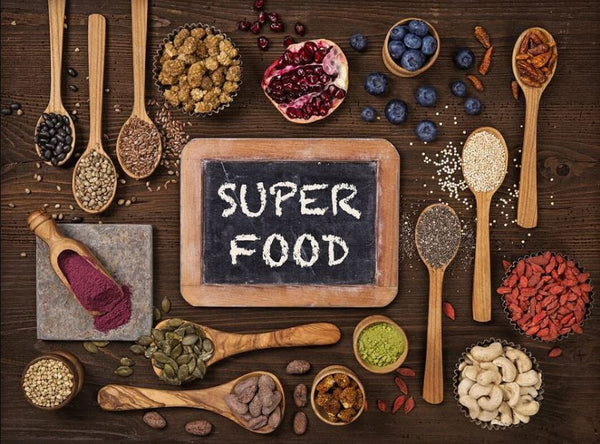Antioxidants & Ageing
Why we need more antioxidants as we age
Recent research shows that red berries and vegetables have the potential to provide health benefits for numerous conditions. These include preventing the development and progression of cardiovascular disease and cancer as well as age-related diseases.
Red berries and vegetables are rich in antioxidants and phenolic compounds. These components provide the anti-inflammatory, anti-carcinogenic and anti-mutagenic properties that are responsible for the many health benefits of these foods. They are also a rich source of dietary fibre and other phenolic compounds such as flavonoids, catechins, procyanidins, carotenoids and Vitamin C. These compounds protect the plant against diseases and also provide the vibrant red, purple or blue colours, flavours and aromas of the antioxidant-rich fruits and vegetables.
Benefits of increasing antioxidant intake
- Slower signs of ageing (skin, eyes, tissue, joints, heart and brain)
- Healthier, more youthful and glowing skin
- Reduced cancer risk
- Detoxification support
- Longer life span
- Protection against heart disease and stroke
- Less risk for cognitive problems such as dementia
- Reduced risk for vision loss or disorders like macular degeneration and cataracts
- Inhibits the growth of intestinal pathogens due to their natural, potent antimicrobial agents
Sources of antioxidants in your diet offer much-needed help in counteracting the damage done by factors like excessive sun exposure, a poor diet, smoking or using drugs, medications, toxicity or chemical exposure. Antioxidants can even counter the effects of high amounts of stress that increase the risk of age-related problems. In the process of fighting free radical damage, antioxidants protect healthy cells while halting the growth of malignant or cancerous ones.
How free radicals are formed
Even your own body produces stress hormones and toxic chemical reactions. These toxins weaken the molecules in your cells, causing them to lose an electron – a unit in the cell that carries electrical charges and allows your cells to work together. These electron-deprived molecules, called free radicals or oxidants, try to make up for their inadequacy by stealing electrons from other molecules. This damages or oxidizes these cells and turns them into electron-swiping free radicals as well.
Once a free radical is created, the damage spreads fast. Free radicals in your blood vessels – usually caused by things like deep-fried foods, cigarette smoke, or air pollution – change the structure of the (bad) LDL cholesterol so it becomes more prone to gum up your arteries and cause heart problems. Sunlight and air pollution can create free radicals in your eyes where they damage retinal or corneal cells, leading to cataracts and blindness. In skin cells, free radicals damage cell DNA, raising the risk of skin cancer and accelerating wrinkle formation. And that's just for starters, so you can see why the body craves antioxidants in the form of fresh fruits and vegetables to help keep you looking and feeling young and vital as you age!
Best sources of antioxidants
Most foods will contain a small amount of naturally occurring antioxidants; however, here is a list of the most potent ones:
- Fruits - blackberries, strawberries, blueberries, boysenberries, loganberries, mulberries, pomegranates, raspberries, plums, oranges, cherries, grapes, goji berries and cranberries
- Vegetables - capsicums, artichokes, carrots, kale, spinach, Brussel sprouts, alfalfa sprouts, broccoli, beetroot and onions
- Spices and herbs - turmeric, ginger, garlic, coriander, basil, parsley, green tea, cayenne, cloves, cinnamon, cumin and oregano
- Other foods - cacao, red wine and kidney beans
Check out our Recipe section for simple yet delectable ways to get your daily antioxidant fix!
